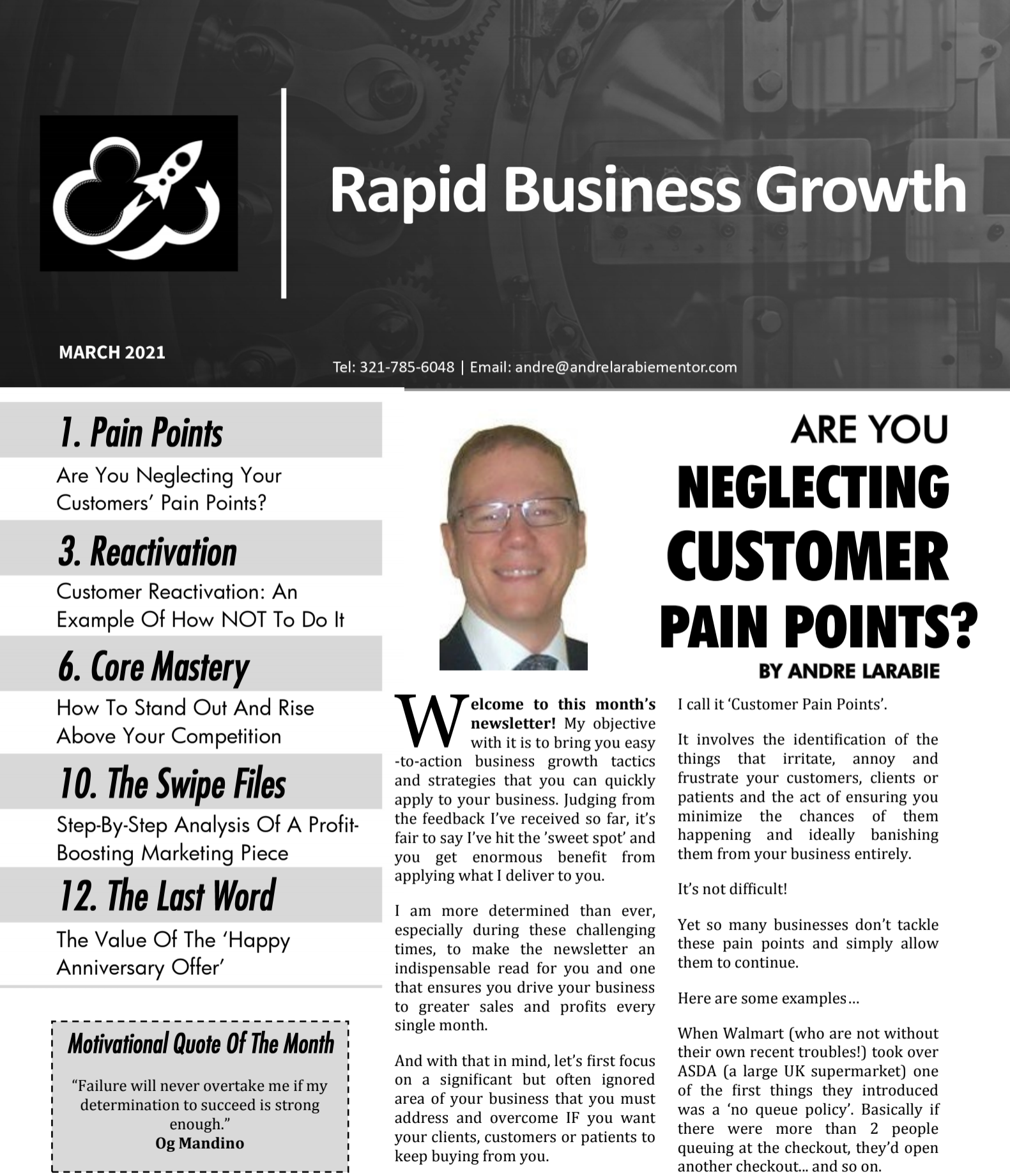| By: André Larabie, CBC, MBA, PhD |
If your business is in danger of failing and you chose to perform a turnaround, you can either bring in outside assistance or take the do-it-yourself approach. In any case you will need the help of an accountant and an attorney. If you get outside help, it may come in the form of a consultant or a coach. The consultant will be more “hands-on” and will likely spend some time during the turnaround visiting your company location.
This will give them the necessary insight to assist with all aspect of the turnaround process. You can have them stay for only a week, or you can have them stay for the duration of the turnaround process. It all depends on your budget and how much money is at stake if you lose your business.
If you chose to go with a coach, this person will likely assist with your turnaround efforts from a remote location and may never visit your company location in person. They will likely communicate using current technology. They will provide a sounding board, but you will need to do most of the difficult work.
Whatever the case may be, after you have your turnaround team in place, you will first identify the non-core business functions, those that are not profitable or necessary to the core business functions and that are dragging the business down.
You will also identify those core functions that are having a positive effect on the business. These will be your primary revenue streams.
Identify profitable products & services Identify core business processes
Identify non-core business processes
Identify profitable business sectors
Identify non-profitable business sectors
The steps you take to accomplish this will depend upon the type of business you run. You may have a service-oriented business or you may have a product-oriented business (manufacturing and distribution). In any case the first few steps will be to look closely at your revenue streams and identify those that have a positive effect on your business and those that have a negative effect.






Recent Comments